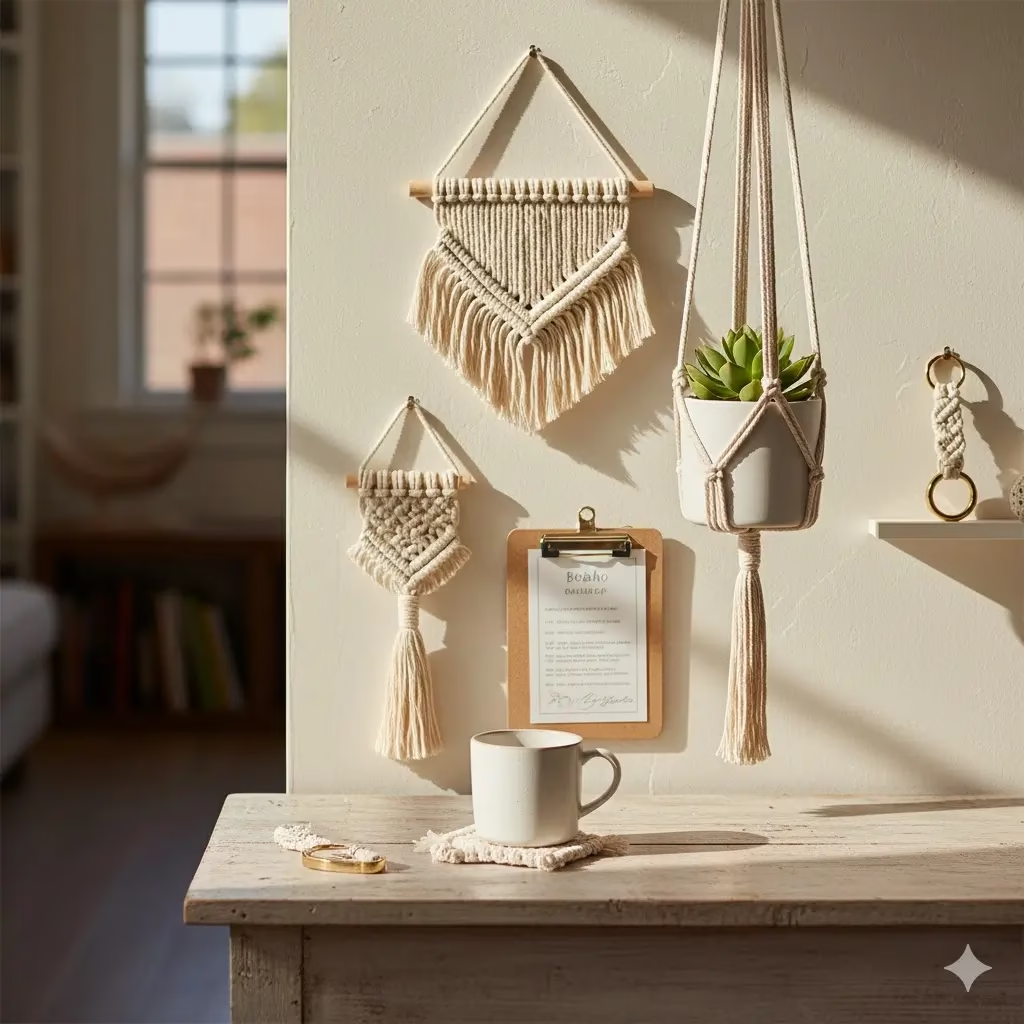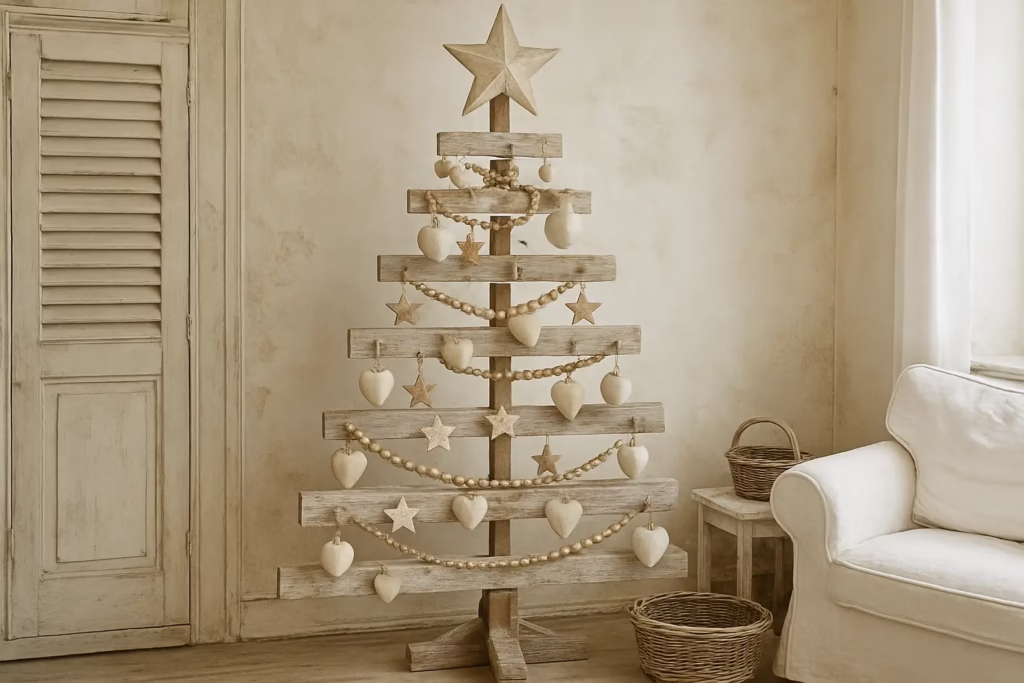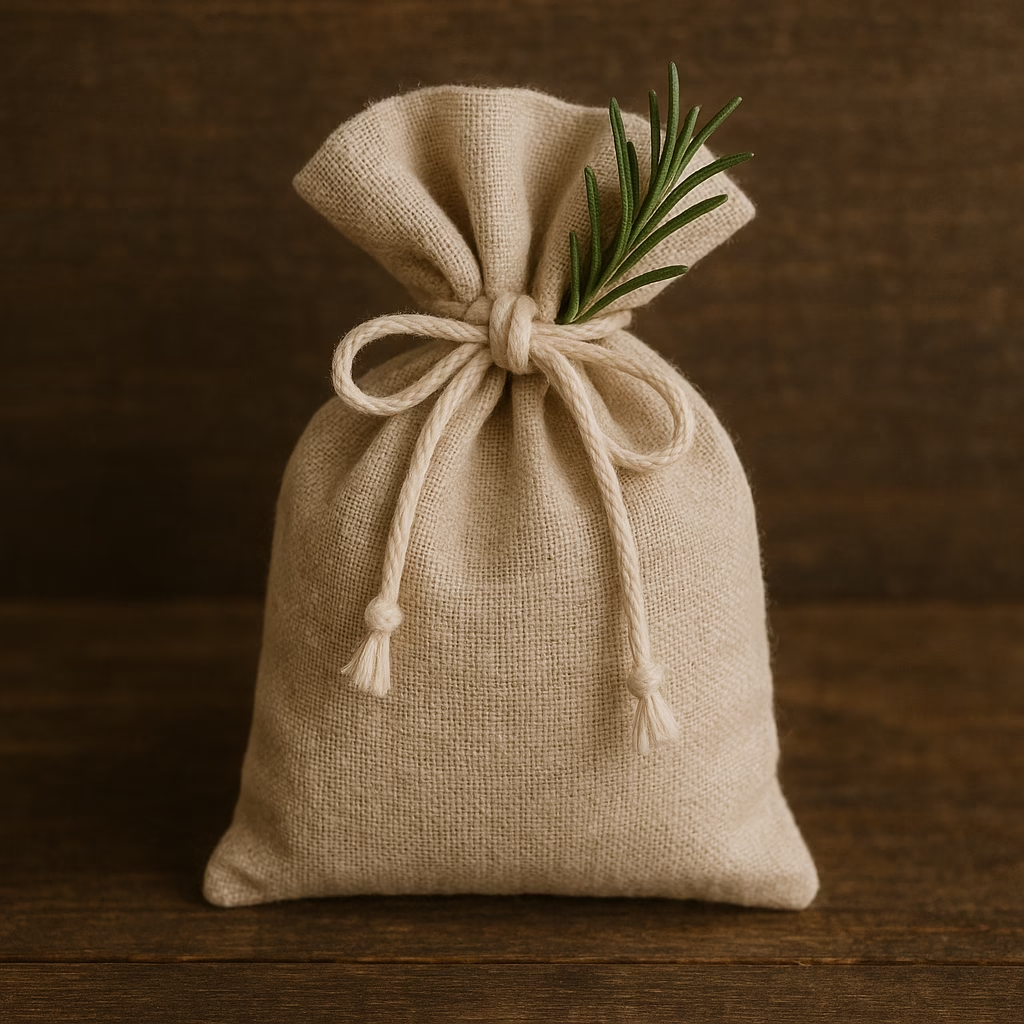
Feeling the pang of guilt as wrapping paper piles up after celebrations? You’re not alone. We all want to show love through thoughtful gifts, but the environmental cost of traditional wrapping can be a heavy burden. This article is for anyone ready to embrace creativity, reduce waste, and add an extra layer of meaning to their presents using Waste Free Wrap ideas. Join us as we explore the beautiful world of sustainable gift giving!
Why Embrace the Waste Free Wrap Philosophy?
The magic of giving and receiving gifts is a cherished tradition, but what happens once the last present is opened and the confetti settles? Often, it’s a mountain of discarded wrapping paper, plastic ribbons, and sticky tape destined for landfill. Annually, in the UK alone, around 227,000 miles of wrapping paper are used, much of which isn’t recyclable due to glitter, plastic coatings, or foil. In the US, the amount of waste increases by 25% between Thanksgiving and New Year’s, with much of that being holiday-related packaging.
But what if there was a way to make your gifts even more special, while simultaneously showing love for our planet? Enter the world of waste free wrap. It’s about more than just sustainability; it’s about adding a unique, personal touch that often becomes part of the gift itself, creating a deeper connection and lasting memory. This comprehensive guide will equip you with beautiful, sustainable, and surprisingly simple ways to transform your gift-giving experience.
Why Choose Waste-Free Wrap? The Environmental and Emotional Benefits
Before we dive into the “how-to,” let’s briefly touch on the compelling reasons to make the switch:
- Environmental Impact: Reduces landfill waste, conserves natural resources (trees, water, energy), and lessens pollution associated with manufacturing and transporting traditional wrapping materials.
- Cost Savings: While there might be an initial investment in a few reusable items, over time, you’ll save money by not constantly buying single-use wrapping paper and accessories.
- Unique Aesthetic: Waste-free wrapping often boasts a charming, rustic, or elegant appeal that stands out from mass-produced options. It communicates thoughtfulness.
- Adds Value to the Gift: When your wrap is a beautiful scarf, a useful tote bag, or a lovely tin, it becomes an extension of the gift itself, offering a dual purpose.1
- Inspires Others: Your efforts can inspire friends and family to consider their own impact, spreading a ripple effect of conscious consumption.
It’s clear that moving towards a waste free wrap philosophy isn’t just a trend; it’s a mindful choice with far-reaching benefits.
The Pillars of Waste-Free Wrapping: Reusable, Recyclable, Compostable, and Upcycled
When considering your options, think about these categories:
- Reusable: Materials that can be used again and again, ideally for wrapping or as part of the gift itself. (e.g., fabric, baskets, tins)
- Recyclable: Materials that can be processed and turned into new products after use. (e.g., plain paper, cardboard)
- Compostable: Organic materials that will break down naturally into nutrient-rich soil. (e.g., natural twine, real leaves)
- Upcycled: Giving a second life to an item that would otherwise be discarded. (e.g., old maps, newspaper, cereal boxes)
Most effective waste free wrap strategies combine elements from all these pillars.
Section 1: Fabric Fantastic – The Art of Furoshiki and Beyond
Fabric is arguably the most elegant and truly zero-waste option for gift wrapping. It’s infinitely reusable and adds a luxurious touch.
1.1 Furoshiki: The Japanese Art of Fabric Wrapping
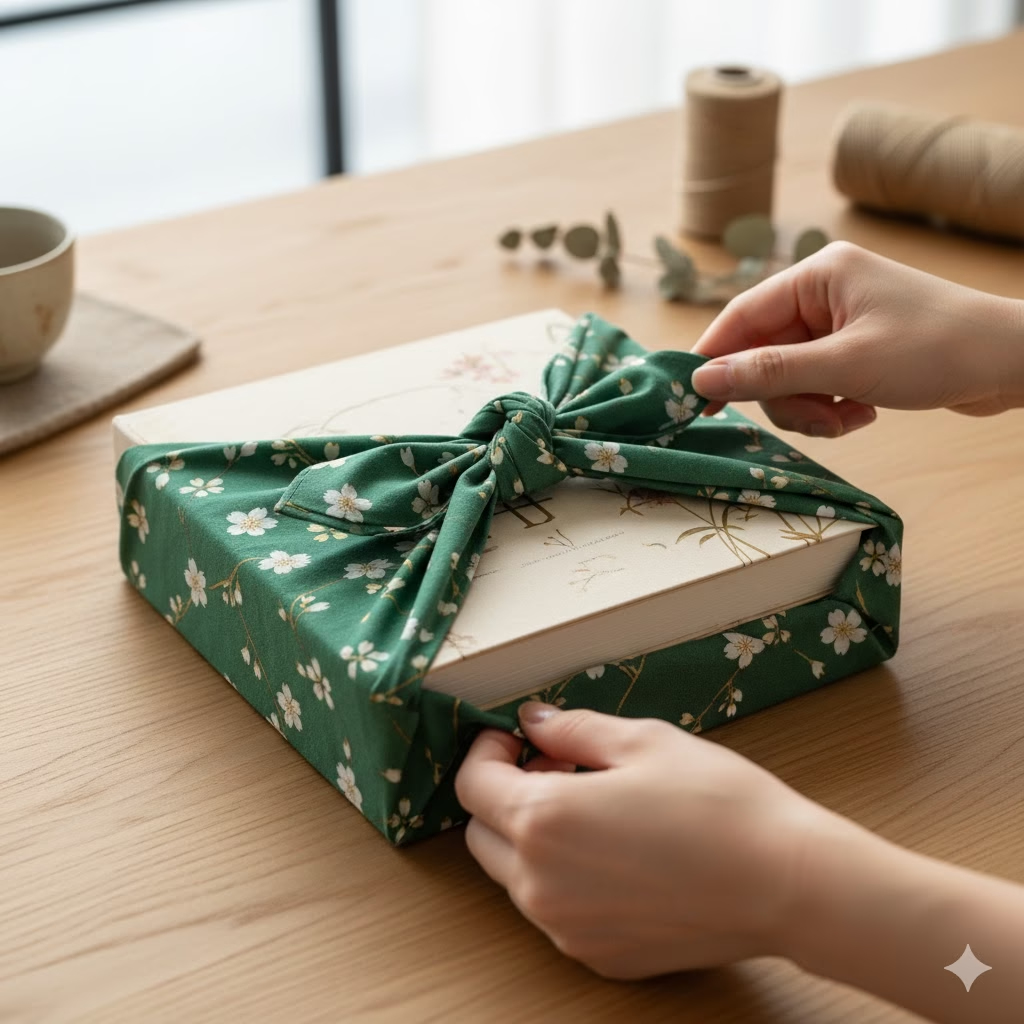
Furoshiki is a traditional Japanese wrapping cloth that has been used for centuries to transport goods, bundle clothes, and, of course, wrap gifts.2 It’s an incredibly versatile and beautiful method that requires no tape, scissors, or ribbon.
How to Do It:
- Choose Your Fabric: A square piece of fabric is ideal. Common sizes are 45cm x 45cm (17×17 inches) for small items, or 70-90cm x 70-90cm (27-35 inches) for larger or multiple items.
- Ideas for Fabric:
- Scarves: A new scarf can be part of the gift!
- Bandanas/Handkerchiefs: Great for smaller items.
- Tea Towels/Cloth Napkins: Practical and charming.
- Fabric Scraps: Got an old pillowcase, sheet, or unloved shirt? Cut it into a square, hem the edges (or leave them raw for a rustic look), and you’ve got instant Furoshiki.
- Pre-made Furoshiki: You can purchase these from sustainable retailers.
- Ideas for Fabric:
- Basic Wrap Method (for square/rectangular items):
- Lay your fabric flat, diamond-style (corner pointing up).Place the gift in the center.Bring the bottom corner up over the gift and tuck it under.Bring the top corner down over the gift.Gather the remaining two side corners and tie them securely in a knot on top of the gift. You can do a simple square knot or a more decorative bow.

- Bottle Wrap Method:
- Lay the bottle across the center of the fabric, diagonally.Fold two opposite corners over the bottle and roll it up.Gather the ends and tie them securely above the bottle neck.
- Image Placement: Furoshiki bottle wrap example.
1.2 Beyond Furoshiki: Other Fabric Ideas
- Reusable Bags as Gifts: Place your present inside a beautiful tote bag, a drawstring produce bag, or even a small backpack. The bag itself is part of the gift!
- How to Do It: Simply place the gift inside the bag. You can add a tag tied to the handle.
- Fabric Pouches/Sachets: For small gifts like jewelry or toiletries, sew simple fabric pouches from scraps.3 These can be tied with a ribbon or drawstring.
- How to Do It: Cut two rectangles of fabric, sew three sides, hem the top, and add a drawstring or ribbon channel.
Section 2: Upcycled & Repurposed Wonders – Giving Materials a Second Life

This category is all about creativity and resourcefulness. Look around your home – you likely have plenty of potential waste free wrap materials!
2.1 Paper with a Past
Traditional wrapping paper is often not recyclable due to plastic coatings, glitter, or foil.4 But many other paper products are perfect for upcycling.
- Newspaper: The ultimate classic.
- How to Do It: Use the comic sections for a burst of color and fun, or the black and white pages for a sophisticated, minimalist look. Use natural twine and a sprig of greenery for decoration.
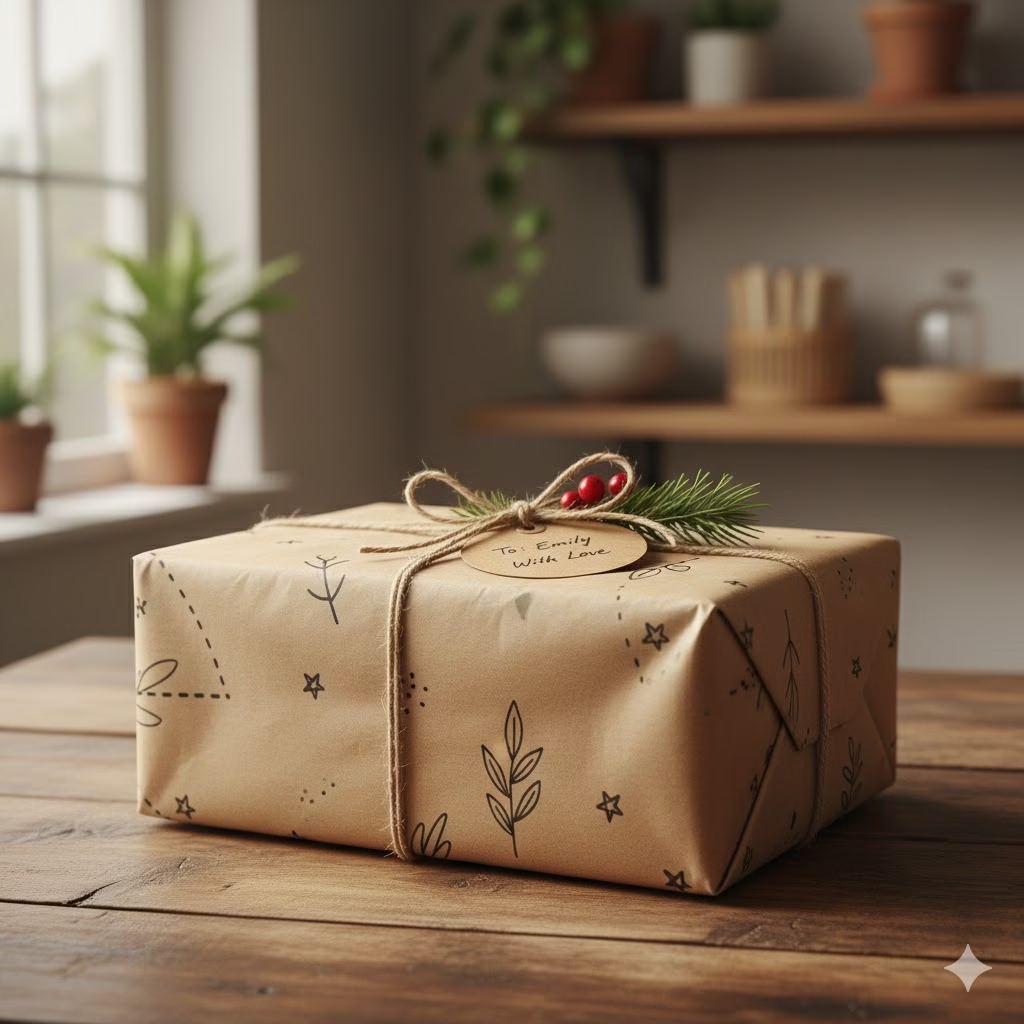
- Brown Paper Bags: Sturdy and versatile.
- How to Do It: Cut open paper grocery bags, turn them inside out (if there’s branding you don’t want), and use the plain brown paper. Decorate with stamps, drawings, or hand-written messages.
- Old Maps, Sheet Music, Calendars, or Posters: These offer incredible visual interest.
- How to Do It: Simply wrap your gift as you would with any paper. These are often strong enough to not require excessive tape.
- Examples: Wrap a travel-themed gift in an old map, or a musical instrument in sheet music.
- Kids’ Artwork: The most personal touch!
- How to Do It: Use a child’s drawings or paintings (perhaps not their masterpieces, but older ones!) as wrapping paper for family members.
- Seed Paper: A truly unique option.
- How to Do It: Purchase seed paper (paper embedded with plant seeds) and use it to wrap small gifts. The recipient can then plant the “paper” to grow flowers or herbs. Ensure the paper is truly compostable/biodegradable.
2.2 Boxes, Baskets & Jars: Containers as Gifts
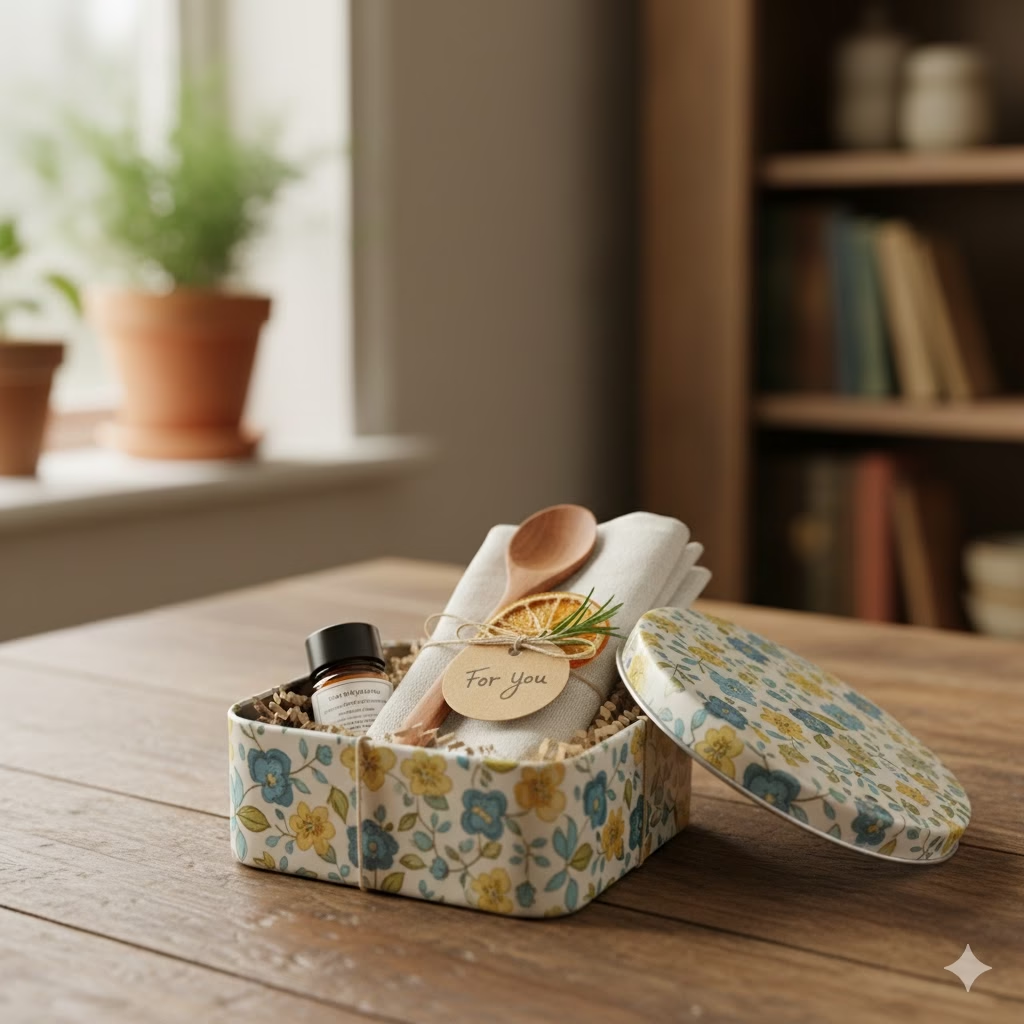
Why wrap a gift when the container can be the gift itself, or at least beautifully reusable?
- Decorative Tins: Keep those attractive cookie or tea tins. They are perfect for small gifts, baked goods, or crafting supplies.
- How to Do It: Simply place your gift inside. Add a bow or tag if desired.
- Wooden Boxes or Crates: For larger or multiple items, a wooden box can be a beautiful presentation and then repurposed for storage.
- Baskets: Fill a basket with several smaller gifts to create a “hamper.” The basket can then be used for storage, picnics, or décor.
- Mason Jars/Glass Bottles: Ideal for homemade treats, bath salts, spice mixes, or small trinkets.5
- How to Do It: Fill the jar, tie a ribbon or fabric scrap around the lid, and attach a tag.

Section 3: The Finishing Touches – Sustainable Fasteners and Embellishments
This is where your waste free wrap truly shines. Ditch the plastic ribbon, glitter, and synthetic bows for natural, reusable, or compostable alternatives.
3.1 Eco-Friendly Fasteners
- Natural Twine & String: Hemp, jute, cotton, or raffia twine are excellent choices. They are biodegradable and add a rustic charm.
- How to Do It: Simply tie around your wrapped gift or container.
- Fabric Scraps as Ribbons: Cut strips from old t-shirts, sheets, or leftover fabric to create unique, soft ribbons.6
- How to Do It: Tear or cut fabric into strips of desired width and tie around the gift. No need to finish the edges if you like a frayed look.
- Washi Tape or Paper Tape: While not entirely free of waste, these are far superior to plastic-based sticky tape. Washi tape is often made from natural fibers like bamboo or hemp and is biodegradable.7 Water-activated paper tape is also a good option.
- How to Do It: Use instead of regular sellotape for paper wraps.
- Safety Pins/Buttons: For fabric wraps, you can sometimes secure folds with a decorative safety pin or a vintage button.
3.2 Beautiful & Biodegradable Embellishments

This is where nature and your craft supplies come together.
- Natural Elements (Compostable):
- Greenery: A sprig of pine, rosemary, eucalyptus, or holly.
- Dried Flowers/Herbs: Lavender, dried orange slices, cinnamon sticks.
- Seed Pods/Pinecones: Collect these on a nature walk.
- How to Do It: Tuck these under twine or ribbon, or hot glue them to a tag.
- Reusable Ornaments/Charms:
- Small Christmas Ornaments: Attach a small, new ornament that becomes part of the gift.
- Thrifted Brooches/Charms: Find unique pieces at charity shops to add a vintage touch.
- How to Do It: Tie onto ribbon or twine.
- Homemade Gift Tags:
- Upcycled Cardboard: Cut tags from old cereal boxes, greeting cards, or shipping boxes.
- Plantable Seed Paper Tags: As mentioned before, a truly regenerative option.
- Hand-Stamped Tags: Use natural kraft paper or upcycled cardboard and rubber stamps.
- How to Do It: Punch a hole, write your message, and attach with twine.
Section 4: Practical Tips for a Seamless Transition

Making the switch to waste free wrap doesn’t have to be overwhelming. Here are some practical tips:
- Start Small: Don’t feel pressured to completely overhaul your wrapping habits overnight. Pick one or two ideas to try first.
- Build a Stash: Over time, collect fabric scraps, interesting tins, baskets, and natural elements. Keep a “waste-free wrap kit” box handy.
- Communicate: If you’re using fabric that you’d like back, let the recipient know with a gentle note or by saying, “This scarf is part of your gift, but if you don’t need it, I’d love to reuse it for another gift!”
- Embrace Imperfection: Hand-wrapped gifts with natural elements will never look as “perfect” as machine-produced paper. This is their charm! Embrace the rustic beauty.
- Think Outside the Box: What unconventional items could you use? An old sweater sleeve for a wine bottle? A piece of burlap? A vintage tablecloth? The possibilities are endless.
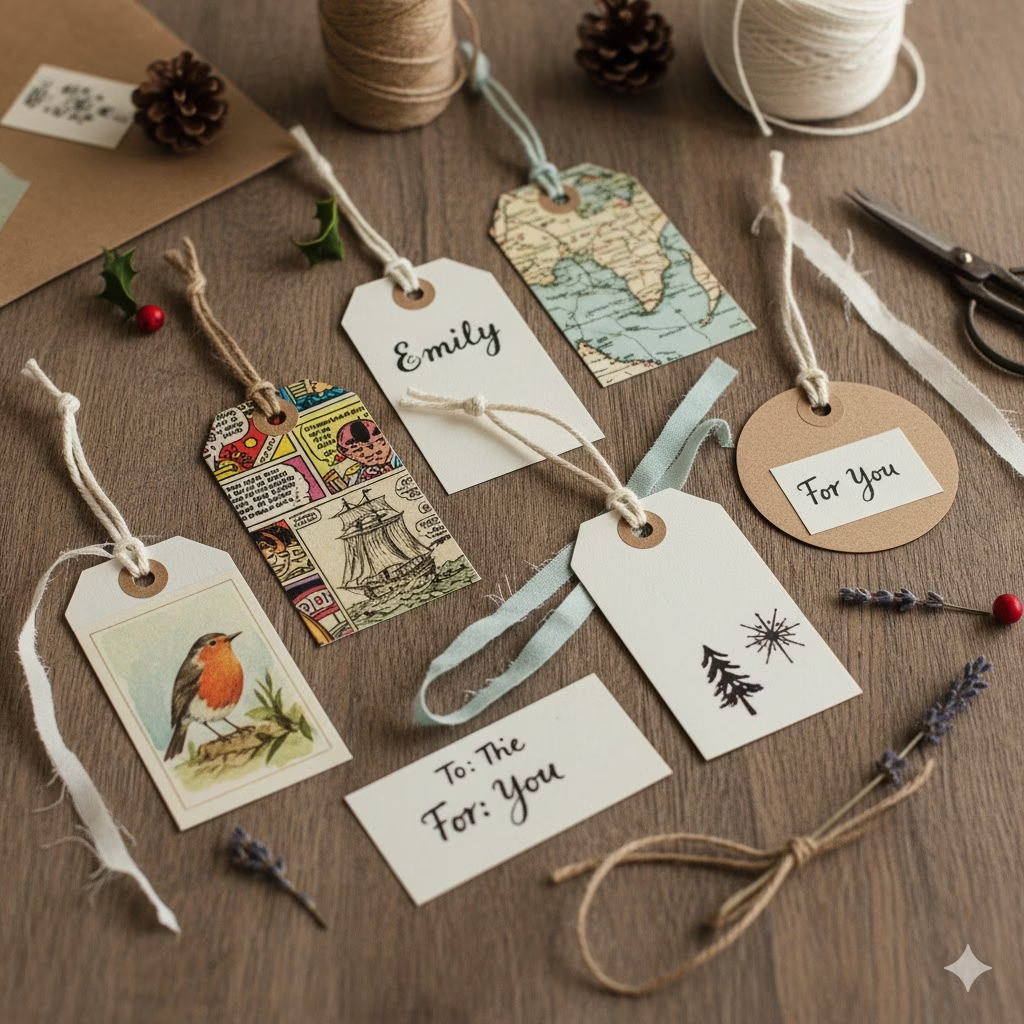
References
Recent Posts

